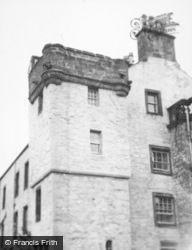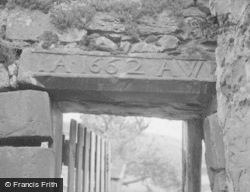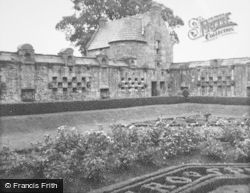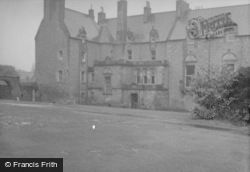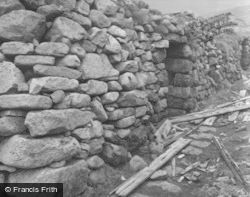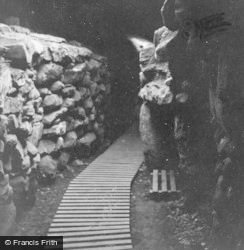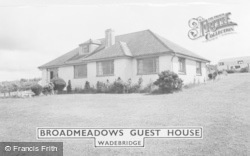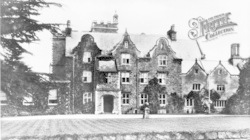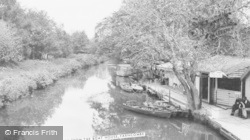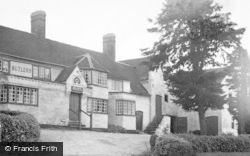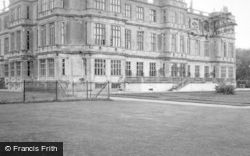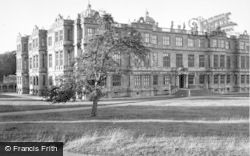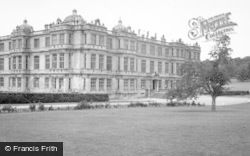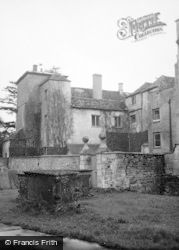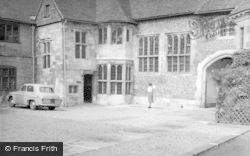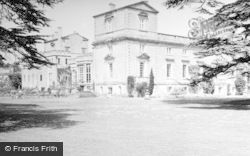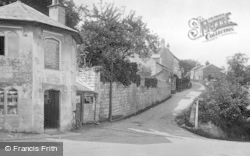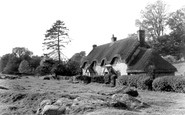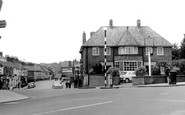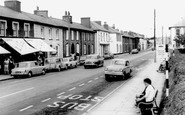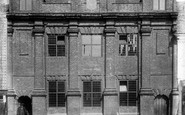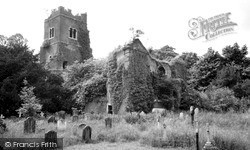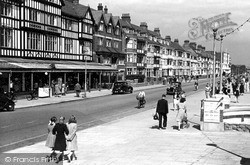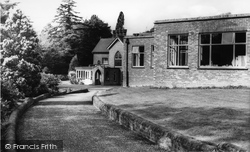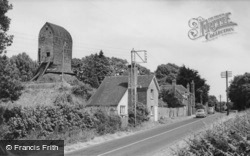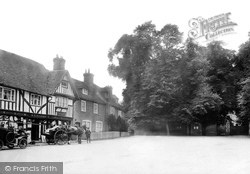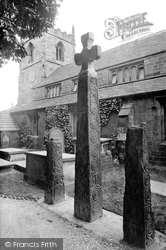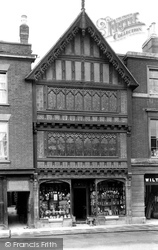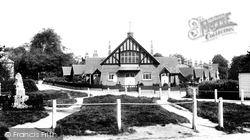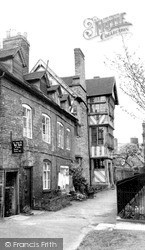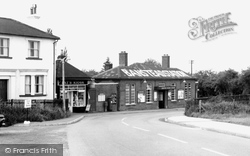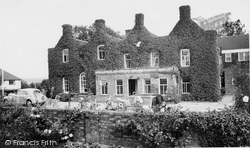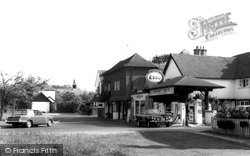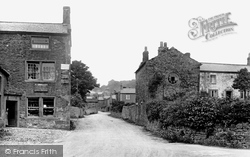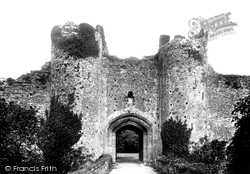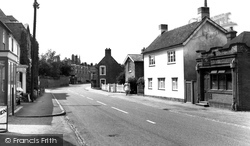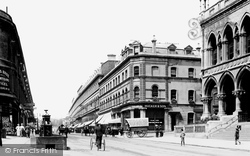Places
36 places found.
Those places high-lighted have photos. All locations may have maps, books and memories.
- Chatsworth House, Derbyshire
- Osborne House, Isle of Wight
- Brambletye House, Sussex
- Ickworth House, Suffolk
- Kingston Lacy House, Dorset
- Boscobel House, Shropshire
- Preshute House, Wiltshire
- Bolton Houses, Lancashire
- Brick Houses, Yorkshire
- Quaking Houses, Durham
- Water Houses, Yorkshire
- Bottom House, Staffordshire
- New House, Kent
- Mite Houses, Cumbria
- Lyneham House, Devon
- Church Houses, Yorkshire
- Dye House, Northumberland
- Spittal Houses, Yorkshire
- Street Houses, Yorkshire
- Tow House, Northumberland
- Halfway House, Shropshire
- Halfway Houses, Kent
- High Houses, Essex
- Flush House, Yorkshire
- White House, Suffolk
- Wood House, Lancashire
- Bank Houses, Lancashire
- Lower House, Cheshire
- Marsh Houses, Lancashire
- Chapel House, Lancashire
- Close House, Durham
- Guard House, Yorkshire
- Hundle Houses, Lincolnshire
- Hundred House, Powys
- Thorley Houses, Hertfordshire
- School House, Dorset
Photos
7,776 photos found. Showing results 5,421 to 5,440.
Maps
370 maps found.
Books
1 books found. Showing results 6,505 to 1.
Memories
10,361 memories found. Showing results 2,711 to 2,720.
Batemans My Grandfather
My grandfather, A J Hurd, was, for a time, Rudyard Kipling's head gardener at Batemans. He, my grandmother and my mother (now Joyce Richardson) and her sister (now Barbara Wainwright) lived in one of the cottages (which still ...Read more
A memory of Burwash in 1920 by
My Great Grandfather And Mother Isaacs
In 1939-40 I was evacuated to Lockeridge to live with my great-aunt Mrs Haynes, who I think lived in one of the thatched cottages in the photo of the Dene. She was, I think, housekeeper at the big house in ...Read more
A memory of Lockeridge in 1940 by
The Local Dances And Playing Pool
In the mid 1950s to early 1960s there were local dance halls, one at Newburn which was down Station Road, take a left towards the bridge and it was just there on the left side opposite the level crossings near ...Read more
A memory of Newburn in 1955 by
The Glanfield Hotel
My parents managed the Glanfield for Ind Coope & Allsop in the late 1940's and early 1950's and I went to a prep school called Aston House (long gone)
A memory of East Grinstead by
446 Bepton The Lovely Old House
I stayed a number of times at this address whith my father's relatives, an Aunty Nance and Uncle Jack (possibly a Howick connection).
A memory of Bepton in 1949 by
My Mam
The lady waiting for the bus is my mother, Rona Jones nee Jones, my gran lived in Alma, Tabernacle Street, which was a Chapel house, my Nan and Dadcu had to take care of the Chapel across the road, and in those days had to feed and provide ...Read more
A memory of Aberaeron by
Growing Up In Holbeach St Marks (The Marsh)
Although I was actually born in Holbeach Bank, and spent the first 3 1/2 years of my life in Holbeach St Matthews, I spent my childhood in Holbeach St Marks. My mother and father Ray and Greta Gray, ...Read more
A memory of Holbeach St Marks in 1955 by
Growing Up In Southall
I grew up in Southall in the 1940s and 50s. We lived in Gordon Road in a terraced house that backed onto The Tube. We had an outside toilet, no bathroom and, until I was about 6, no electricity. At the age of 5 I could change ...Read more
A memory of Southall in 1945 by
Park Lane
I spent many happy days during the summer holidays with my grandparents who lived at No 1 Park Lane. I played in the park opposite and in a wood across a field at the back of the house. There was a pig sty at the bottom of the garden ...Read more
A memory of Snitterfield in 1940 by
Rye Grammar School
I have a great-grandfather and several of his brothers who went to this grammar school in the 1830s and 1840s and they all had very nice writing with perfect copperplate. So maybe the severity on the outside was reflected in the ...Read more
A memory of Rye
Your search returned a large number of results. Please try to refine your search further.
Captions
6,977 captions found. Showing results 6,505 to 6,528.
At the time of writing, this remarkable building is visually threatened by a proposal to build an estate of run-of-the-mill houses and flats on the redundant RAF Stanmore, immediately to the west of the
In the late 1890s, the Black Lion public house was extensively altered and restored by Mr Glasscock; by removing the plaster and exposing the windows, he attempted to return the building to its original
The site of the annual horse fair up to the early 1900s, it is named after the Bell public house, which stood opposite the sack hoist at the maltings.
This a row of typical seaside hotels and boarding houses, and it still looks the same.
The Prince Albert public house is at the end of the road, hidden by trees.
There was a bakery by the mill house. The mill is now being restored by its owner. Iron electricity poles line the road; they are of a type only seen in this part of Sussex.
The house itself was now a café/restaurant.
It was here that Charles Dickens wrote and set some of 'The Pickwick Papers', and where the 'clean and commodious ale-house' to which Mr Tuppence retried from the world could be found.
Both horse and cart and motor car are parked outside Wealden Hall House; at the time of the photograph it was trading as the Post Office, and advertising itself as selling 'Drapery, Outfitting, Grocery
You can see the Roman remains of Olicana in both the Manor House Museum next to the parish church, and in the Skipton Museum.
Behind this fake Tudor facade of the late 19th century is a house built 400 years earlier for a wool merchant who became mayor of the city.
From medieval times onwards, almshouses were established to house poor families. Those built for the poor of Saltwood can be seen stretching back from the unusual and attractive village hall.
The Reader's House c1965 The sign on the wall indicates a right of way through to the courtyard of the Bull Hotel.
The photograph shows one of several good 18th-century brick houses to be found in the village.
The square and its side streets are full of fine old houses and shops, along with exceptional Georgian properties.
This shop, in Manchester House, also acted as a registry office for those seeking domestic servants.
The station, on the branch line from Sutton to Epsom Downs, opened in 1865, and the white stuccoed house, now a builder's offices, dates from around the same time.
village, and at the west end, on the corner of Wood Lane, is the White Friars Hotel; we see it here from Wood Lane, with the main road passing between the creeper-clad hotel and the rendered house
This very pretty village with its flint and brick houses and cottages runs south from the main road to its parish church of St Mary and St Peter, which is set high above the lane with the ruins of Wilmington
Its good timber-framed house behind remains; it is currently awaiting repair (October 2001).
Many of the old houses were weaver's cottages, built in a time when hand-loom weaving was the major industry in the area.
The castle started out as a manor house for the bishops of Chichester, but in 1377 Bishop Rede was given a licence to crenellate (that is, make a castle) to protect the Arun gap from possible French attack
However, look a little closer and you can pick out a few subtle changes.The white cottage on the right of the High Street is now the premises of an estate agent, and the ivy which covers the house
The Art Gallery (1905) also housed a museum of antiquities on its ground floor.
Places (80)
Photos (7776)
Memories (10361)
Books (1)
Maps (370)




